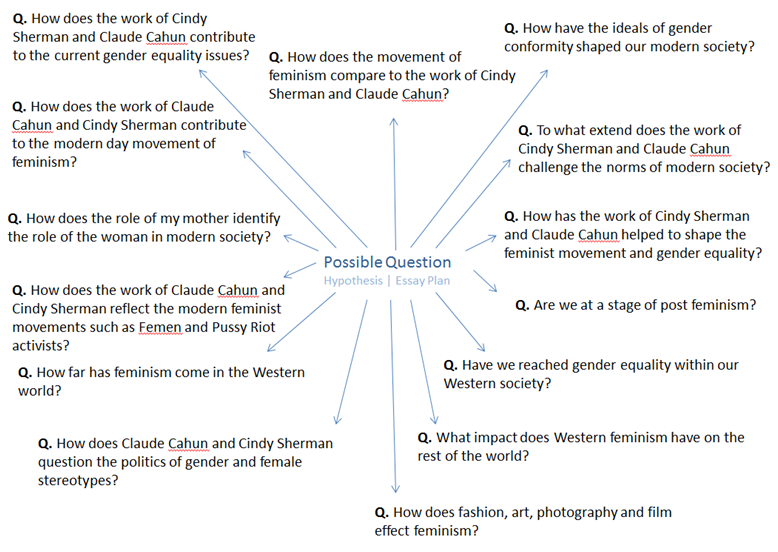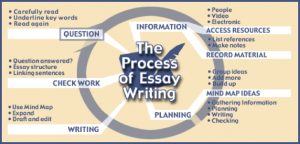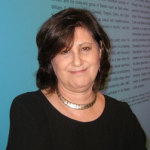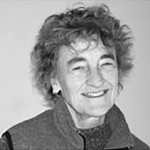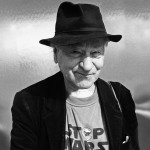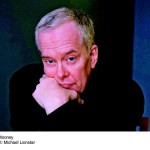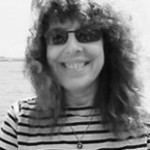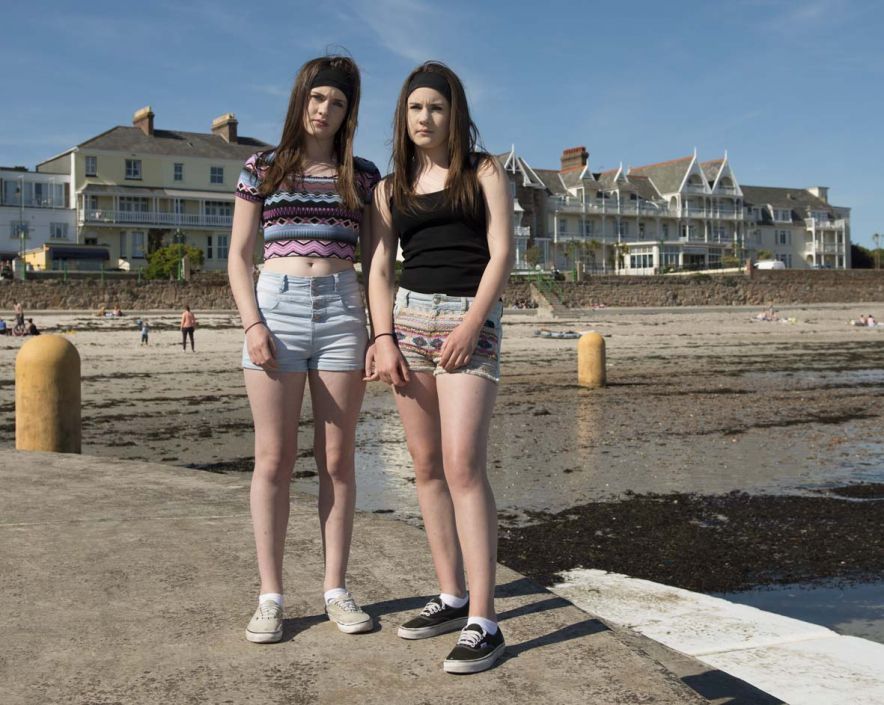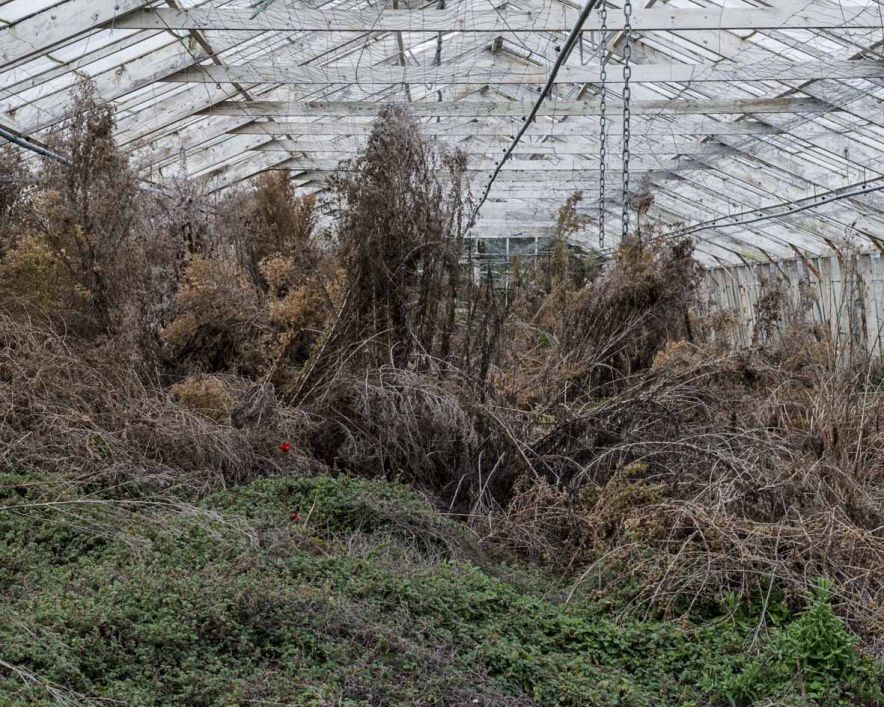How does Phillip Ebeling and Pieter Hugo, express the notion of family history and relationships in their work?
Phillip Ebeling and Pieter Hugo are both photographers with similar stances to the objective of home. Ebeling explores the concept of past and the desire for trying to encourage his audience not to forget their own past as it is a gift inherited from generations. Pieter Hugo’s exhibition is a kind of personal psychological study of his conflicted homeland. Both portray a different perspective of home but in a way everyone can relate to. My response reflects to the concept of home and my personal experiences growing up in Government house, focusing on the work my dad does as the Butler for Jersey’s Lieutenant governor. My interpretation is a personal reflect and an insight into the life of the current Governor
Pieter Hugo’s book ‘Kin’ is a photo representation of what his childhood was like and the types of people surrounding him. He describes it as “an engagement with the failure of the South African colonial experiment and my sense of being colonial driftwood”. As a white South African photographer, Hugo is perfectly aware of the problems of representation that surround his work, which merges documentary, portraiture, still life and landscape. “South Africa is such a fractured, schizophrenic, wounded and problematic place,” His work brings together six years of work and marks a move towards a more personalized, introspective approach. “How does one live in this society?” he asks. “How does one take responsibility for history, and to what extent does one have to? How do you raise a family in such a conflicted society? Before getting married and having children, these questions did not trouble me. Now they are more confusing.” Hugo says his work attempts to look at what he calls “conflicting personal and collective narrative. His imagery ranges from portraits of his family and friends and also with images of homeless people on the streets that he meets all over South Africa. A full-length portrait of his pregnant wife hangs alongside two powerful head-and-shoulder portraits of outsiders: a man with a drooping eye and unreadable stare; another man with a defiant air and a cigarette dangling from his mouth. Throughout, there are equally dramatic juxtapositions, such as a self-portrait of Hugo cradling his new-born daughter who shares a room with a photo of the first gay couple to get married in a traditional African wedding ceremony. There are photographs of the women who worked for his parents and helped raise Pieter as a child, as well as an inspiring group portrait of young men who had just completed their initiation into manhood. Historically, Pieter became a photographer because of slight frustration he had when it came to his homeland. As he is a white South-African, people don’t view him as an African when at heart he is. This fuelled his temptation to dig deeper into the heart of Africa, and the traditions it upholds. Hugo doesn’t truly feel part of Africa, even though he knows it throughout, “I’ve travelled through Africa, I know it, but at the same time I’m not really part of it… I can’t claim to have an authentic voice, but I can claim to have an honest one.” Pieter alters through private and public spaces, which particular emphasis on the growing disparity between the rich and the poor. Pieter Hugo’s book ‘Kin’ is his efforts in trying to locate himself and his family in a country with a troubled history and an uncertain future, which is truly inspiring. What I found that stood out when I was viewing his book, was that I didn’t need to read the context to understand what he was trying to portray in his images; they spoke for themselves.
Exploring through Phillip Ebeling’s book ‘Land without Past’, I instantly felt the connection that he was trying to portray through to his audience. His interpretation is channelled from the desire to make things news as he understood the common feelings that people never liked to keep the old things. People seemed to be dipping further into deleting memories of their past and focusing on the new current situation they are living in. Ebeling’s main intention was to in fact, reconnect with his family and friends back in his homeland of Germany. He was a London-based photographer and wanted to expand his detail of work to something he could easily connect with. He describes his return back home like he had never left, “Despite my long absence from the village, it still occupies a central part of my identity,” meaning, you are who you are from where you come from and how you’re brought up. Ebeling’s writes, “It has indelibly shaped my sense of the world, who I am and how I function… I still call this patch of earth home and I doubt that will ever change.” Ebeling’s focus within his book is to strive to reconnect with your past, as well as exploring the notion of home, expressing both his personal memory and identity. Ebeling’s photography relates to my personal study by incorporating archival images from family’s photo albums. Phillip cleverly constructs a picture of both a past he remembers and one he can only reach through photographs. My favourite photograph from Phillip Ebeling’s book is the one in his attic with his train track still set up with other toys around it. The space is so small but the context behind it is so much more powerful. This photo really stood out for me, mainly due to the contrasting colours but also the meaning behind it, visually seeing his historical childhood was pleasing to see. I think this particular photographer initiates an emotional impact on the audience, as when referring to someone’s past and their homeland, stories and memories start to reappear, which is either a positive or negative thing. When returning home, Ebeling quoted in his book, “I now appreciate that the history of my country is in constant flux.” As a population, we all have our own unique pasts that has enabled us to grow as individuals, seek new challenges and develop new skills. This unique aspect to life is important to interrupt through art and photography, whilst it creates a book or photographs of memories, it allows the people surrounding you, know where you came from and how you have developed as a person from childhood to the present time.
As an amateur photographer, it is important for me to express details about my life to almost create a biography through photographs. I chose to use my dad for my project as his job has impacted my life since day 1. My dad is the Butler for the Lieutenant Governor of Jersey and has enabled me to have an insight into the life of royalty. My dad’s responsibilities are; ensuring the house events run smoothly, he also manages the house staff and liaises with his Excellency and Lady Mc Cole for all their requirements. I have lived in the grounds of Government House all my life and have truly honoured living here. Our tight community has really impacted my life and the way I am, as I also work as a waitress for Government House functions, I have been taught the type of service required for the Governor and his guests by my Dad himself. It was an honour to follow the footsteps of my dad and what he does at work and for the Governor to allow me take photographs of him off duty was a privilege in itself. To me, family is the most important aspect in life, it’s the root to our personality. Family is the single most important influence in a child’s life. From your first moments of life, you depend on parents and family to protect and provide for your needs. They form your first relationships with other people and are your role models throughout life. Researching into the way different photographs express the notion of home was truly inspiring and made me want to produce something that shows how my life has been impacted through my dad’s job.

